|
Many will recognize the beautiful white trumpet-shaped flowers of Datura but I bet few of us in North America realize we are using a well traveled name derived from the plant’s original Hindi name धतूरा dhatūra.
The species, Datura wrightii, found in the southwest United States is often referred to as Sacred Datura or Western Jimsonweed. A closely related species, Datura stramonium, commonly known in as Jimsonweed, thornapple or Datura, is native to much of the rest of North and South America. but spread, with the help of birds, to the Old World very early and now grows wild in all the world’s warm and moderate regions. Datura was scientifically described and named by Swedish botanist Carl Linnaeus way back in 1753, although it had been previously described by botanists a century earlier. The genus name chosen by Linneas of “Datura“ is derived not from Latin, but rather from the plant's Hindi name धतूरा dhatūra, and ultimately from the earlier Sanskrit धत्तूर dhattūra or white thornapple. So in the Mojave Desert of western United states when we call a plant Datura we are using an name pulled from an ancient term used in India. It is such a small world isn't it?
0 Comments
I know I just did a post recently on the green bee eaters but these little guys are worth revisiting. I'd like to share with you my latest bee eater images I took yesterday. With a big showy colors and an even bigger attitude these little birds never cease to amaze and amuse me. To read my original post go to Skydance Blog and to learn even more about this handsome species visit the green bee eater page at Arkive.org Spring is here! The male sunbirds are just beginning to change out of their winter eclipse plumage and into their striking spring breeding plumage. They have lost the yellow breast and broad black chest stripe that they wore through the winter. They are replacing it with an amazing shimmering, glimmering, plumage of metallic blue-green and purple with a striking maroon shine on the feathers of the collar around the neck.
I’ve included photos of their eclipse plumage, that I took when I was here in November as well as photos taken today with the birds showing off their fashionable spring attire. Look closely at the photos and compare the plumage. On one you even can see the male sunbird has new pin feathers coming in on his head and he is still showing a tiny tuft of yellow feathers under his wing left over from his winter plumage. Hummingbirds are only found in the western hemisphere, but here in India and across most of Africa to the Middle East, Southeast Asia and parts of Australia.the sunbirds occupy similar same ecological niche. The male purple sunbrds simply glitter as they move from flower to flower sipping nectar They are equipped with a long down curved bill and long thin tongue perfect for sipping nectar from the depths of a flower and for catching the occasional insect. Red-wattled LapwingsRed-wattled lapwings are large waders or plovers about 35 cm long with crimson red wattles. They are a common site on the ashram grounds. They are unmistakable with their striking coloration. The wings and back are light brown with a elegant iridescent purple to green sheen. The possess a black head an bib on the front and back of the neck that strikingly contrasts with a brilliant white belly, and flanks.
Their most amazing feature though is their stunning red bill with black tip, crimson eye ring, and a soft wrinkled band of flesh called a wattle in front of each eye. Handsome while foraging on the ground for insects and invertebrates they become even more flashy inflight as they display their prominent white wing bars. There is no sneaking up on a lapwing. These noisy birds are ceaselessly vigilant day or night and are the first to detect intrusions and raise a ruckus with their shrill alarm call. This makes their photography a bit problematic To learn more visit https://www.arkive.org/red-wattled-lapwing/vanellus-indicus/ 12 Feb 2018 |
Local Time
Panchla Siddha, India Local Weather
Jodhpur, India Author
Sharon K. SchaferI paint, photograph, and speak about wild places in an act of reciprocity that is as vital to me as heartbeat or breath.
My interest in the magic and mystery of the natural world lies at the intersection of art and science. Learn More. SponsorsMade possible through
the generosity of Generous support and inspiration provided by
Shri Jasnath Asan Archives
February 2018
CategoriesContact |
Location India
|
|
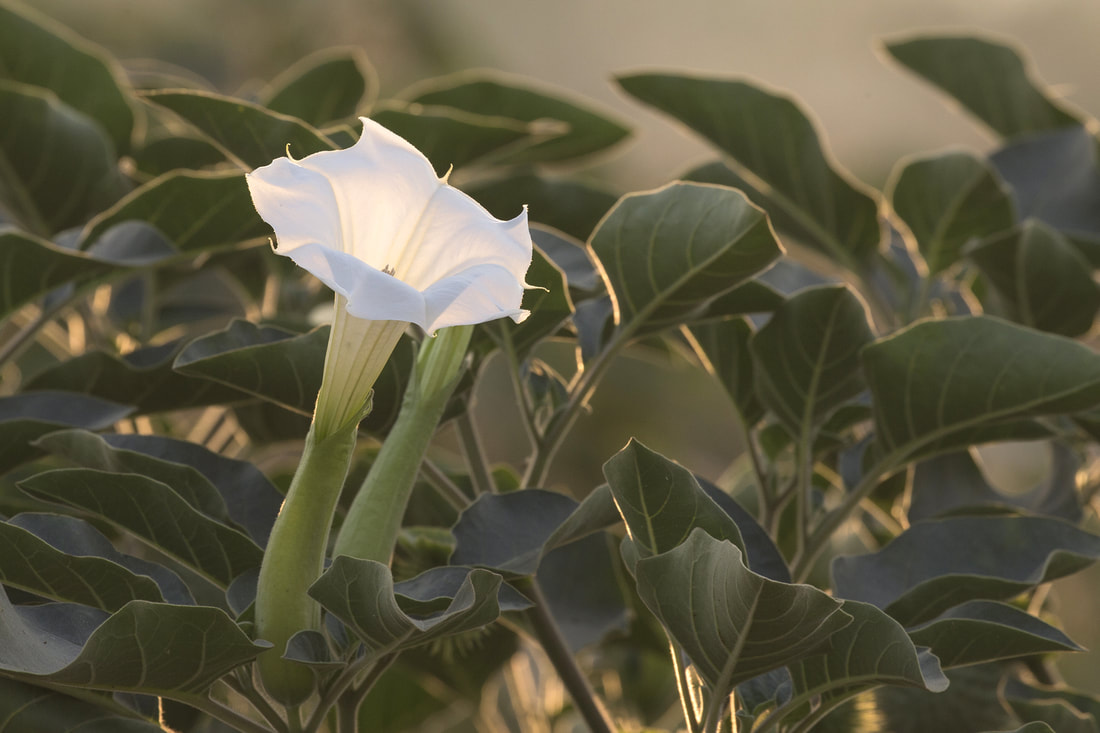
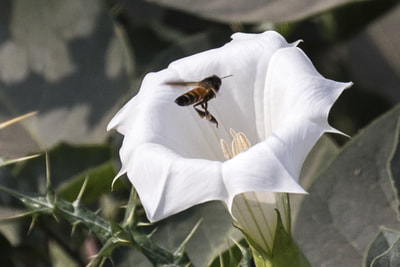
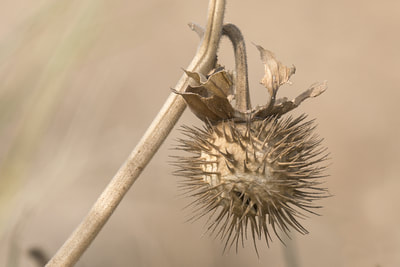
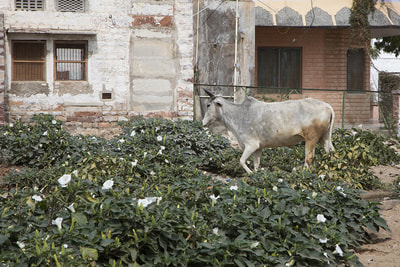
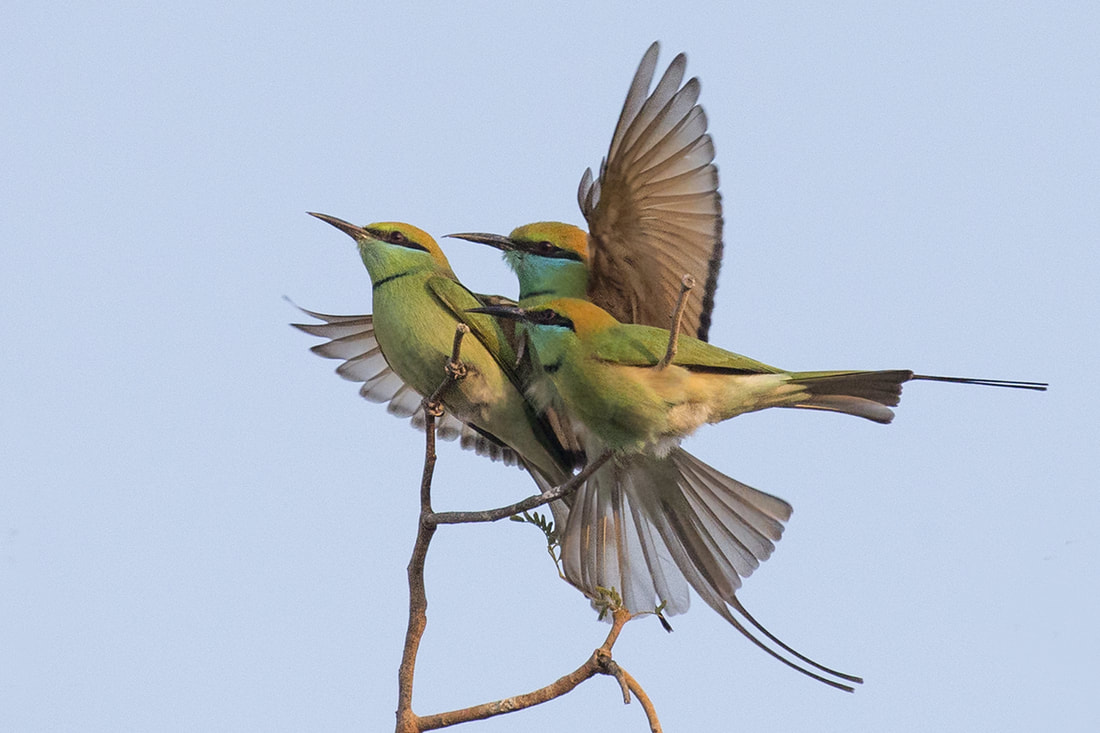
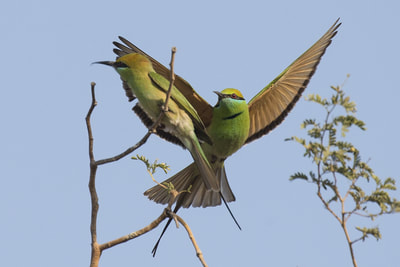
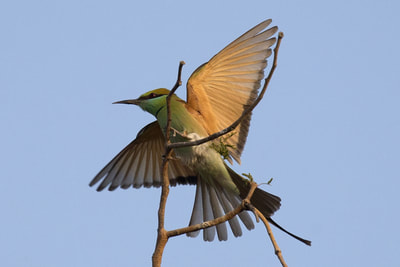
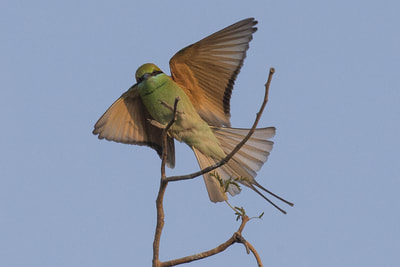
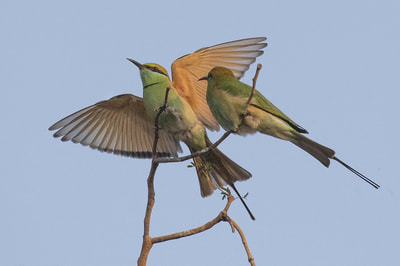
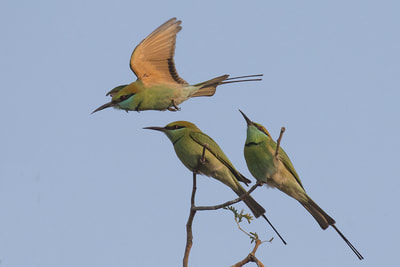
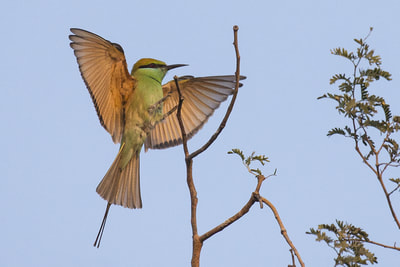
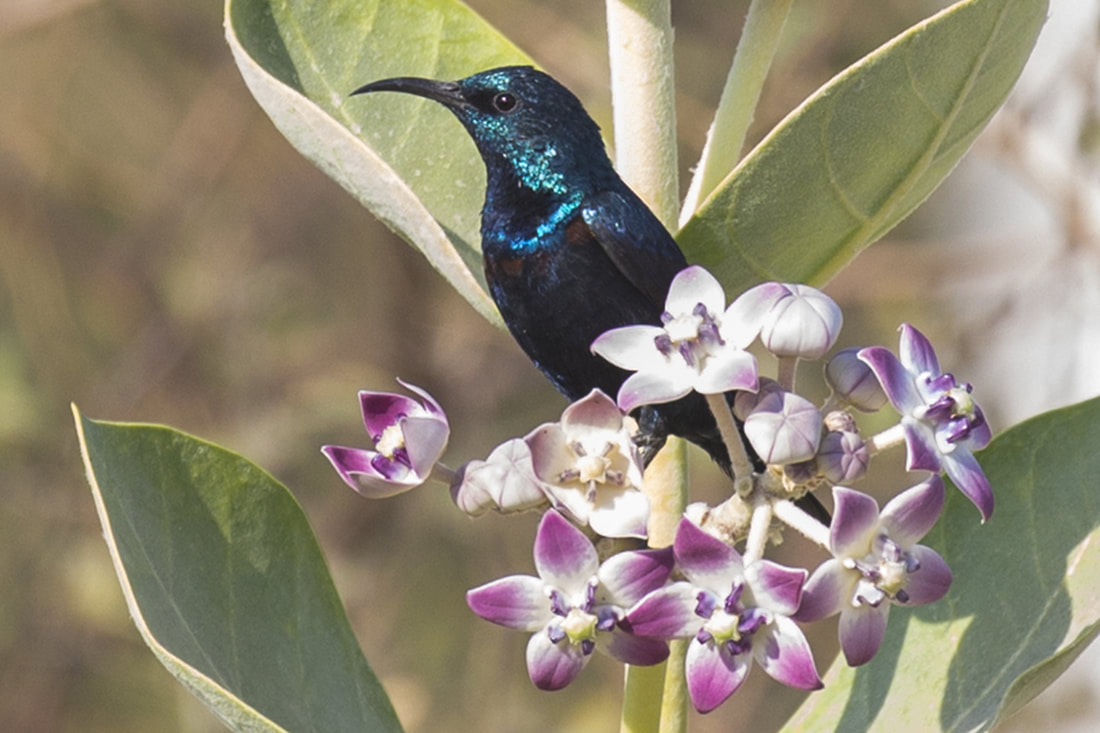
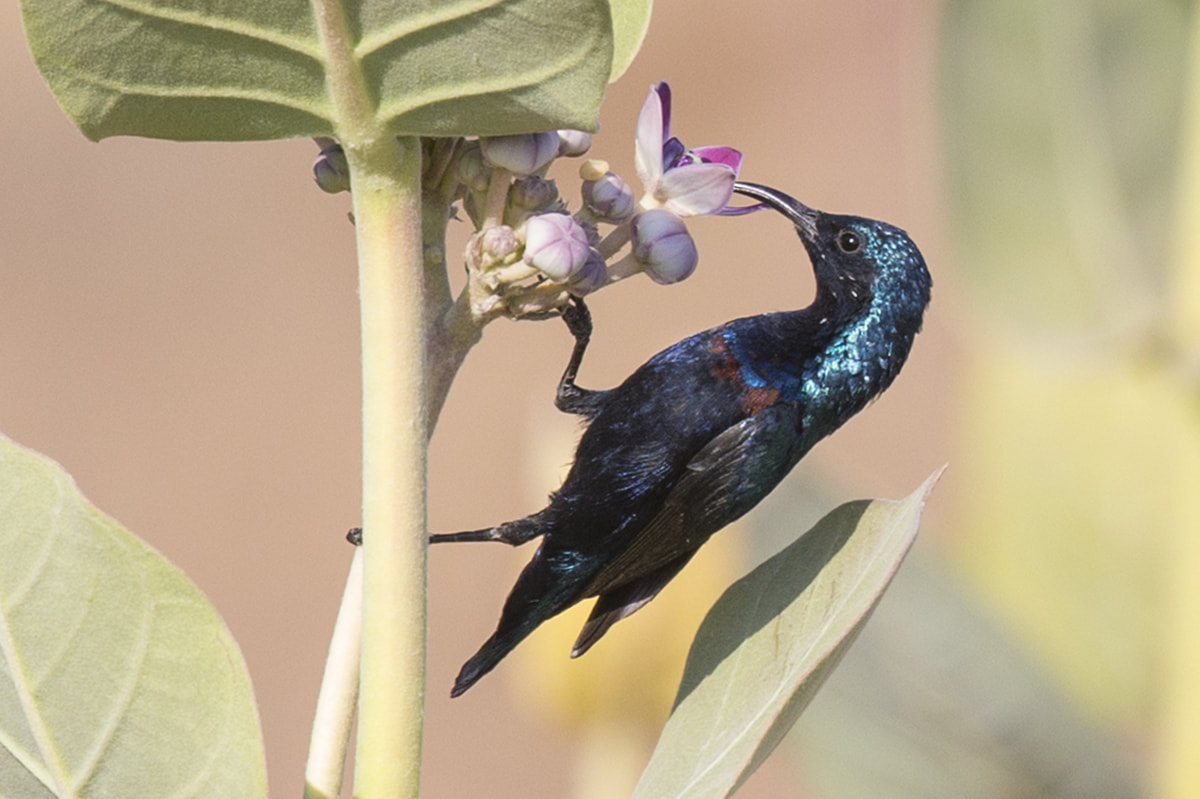
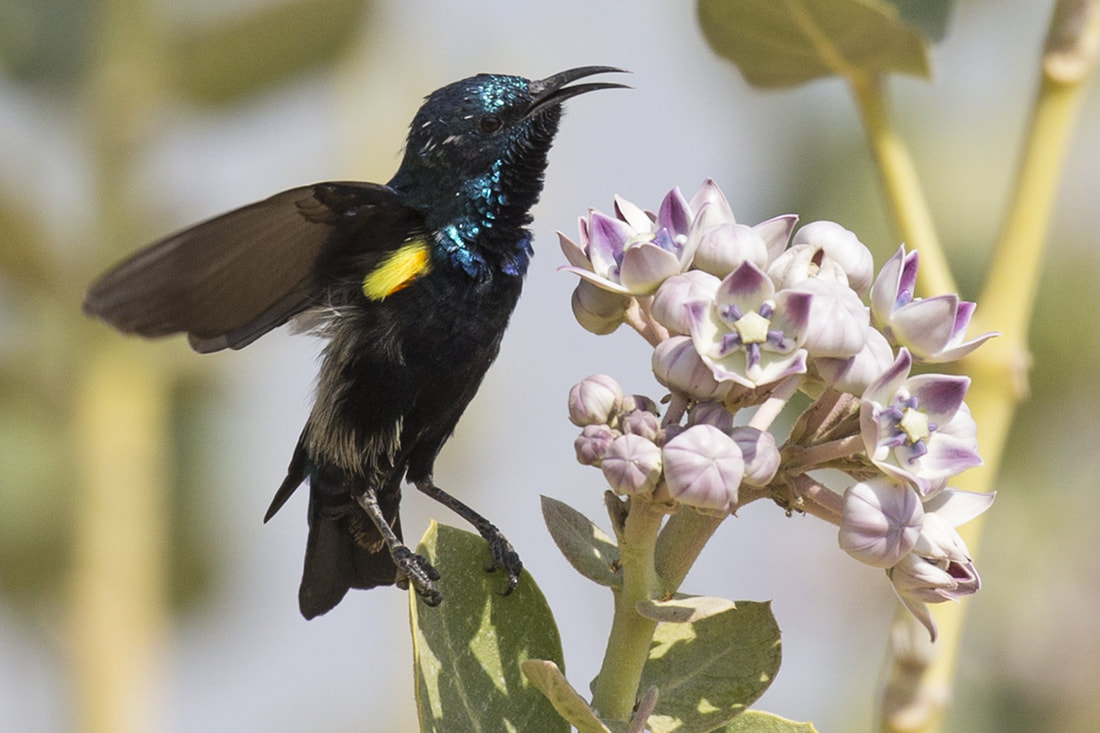
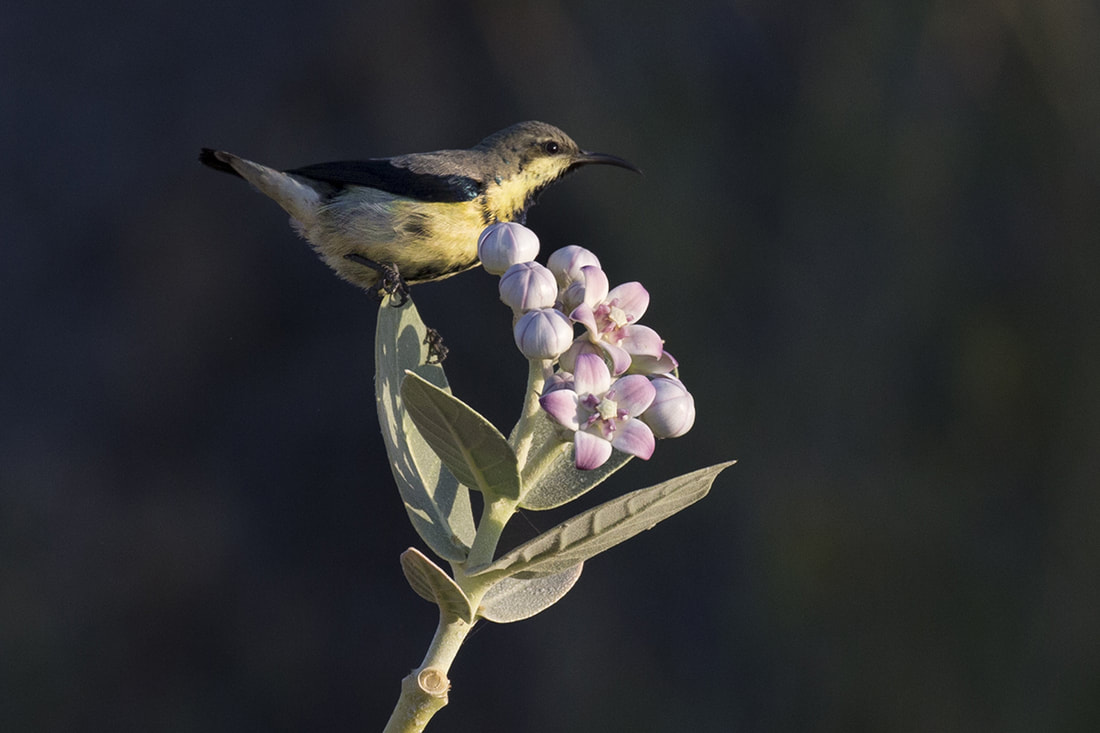
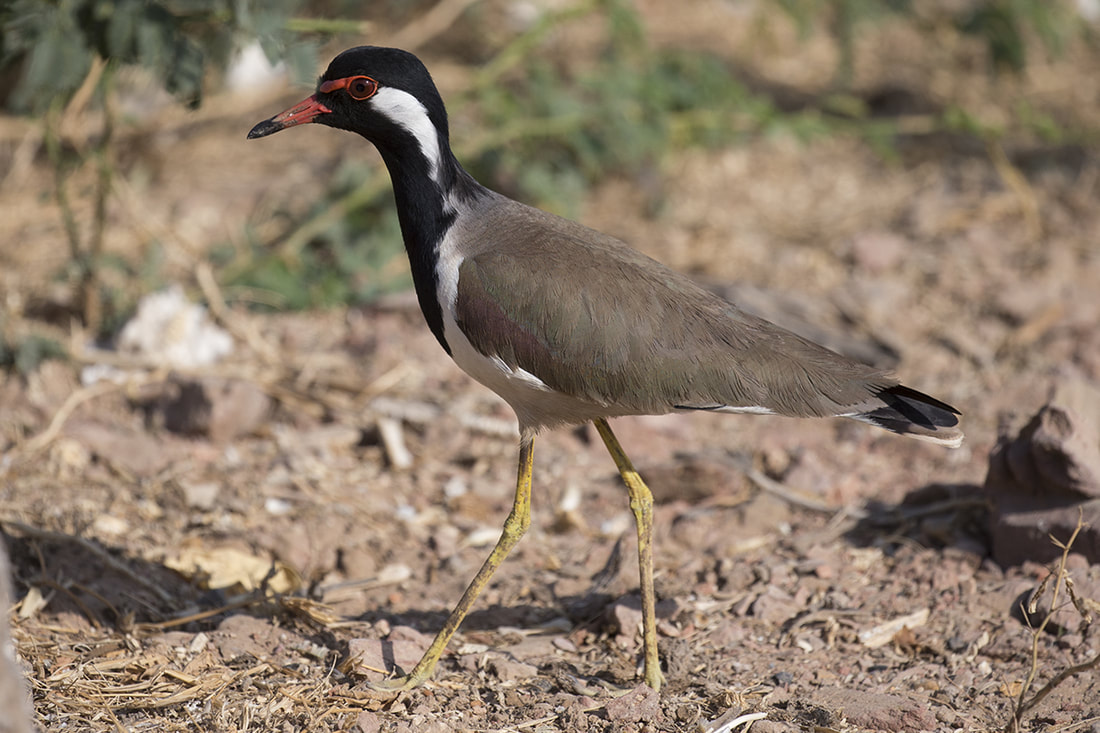
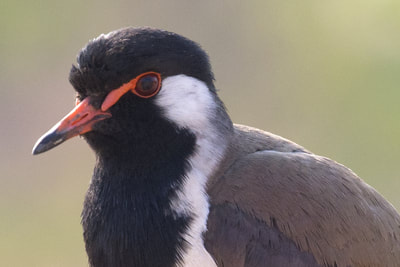
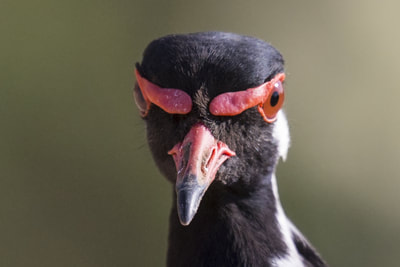
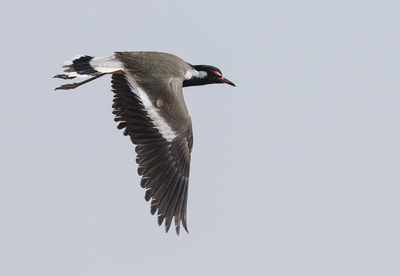
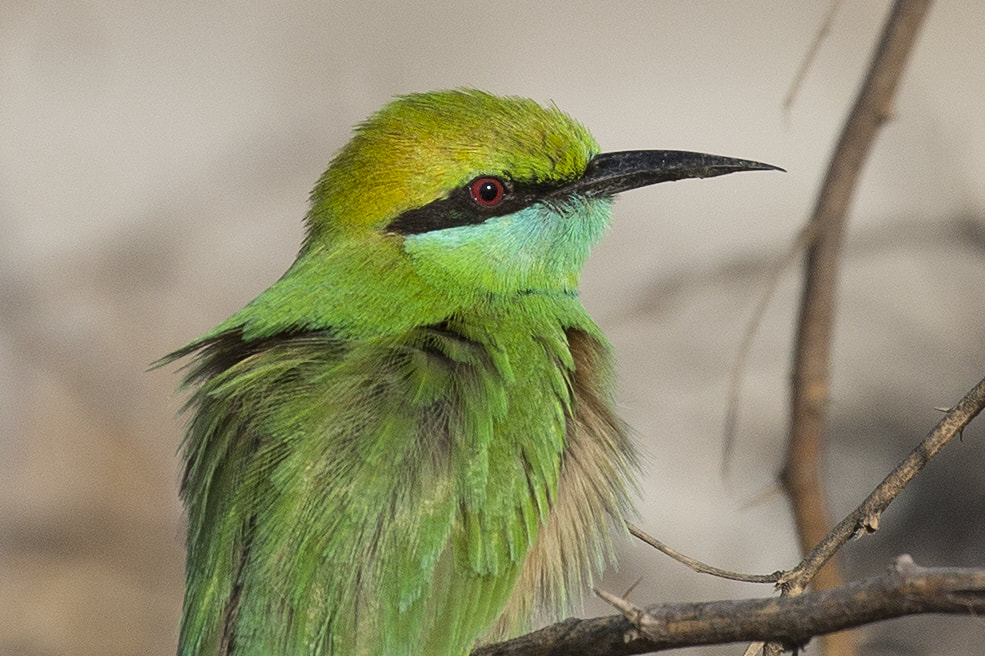
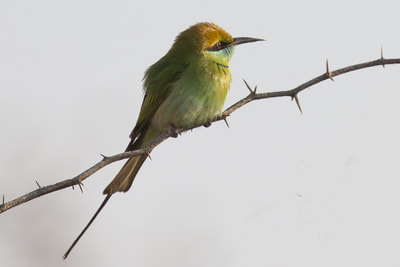
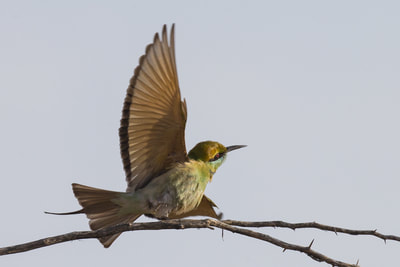
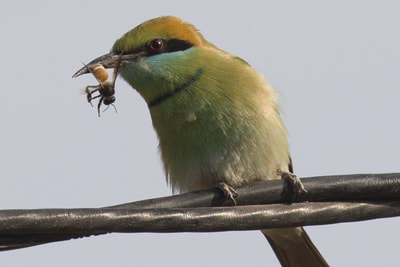
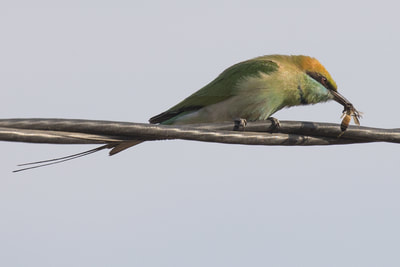
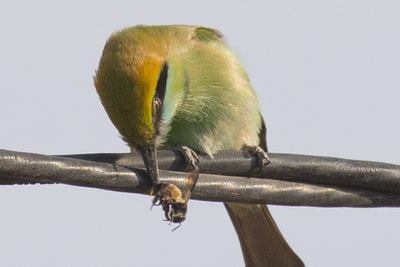
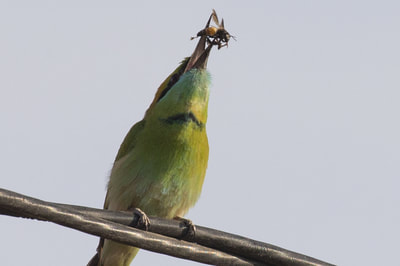
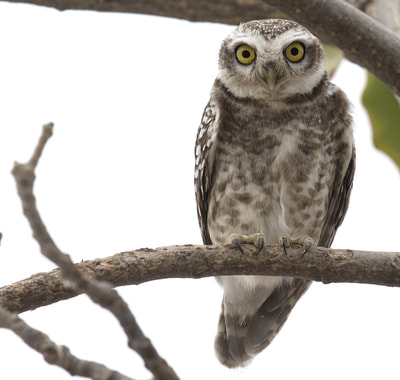
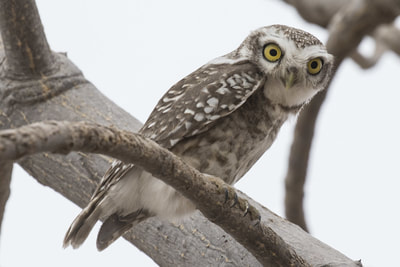
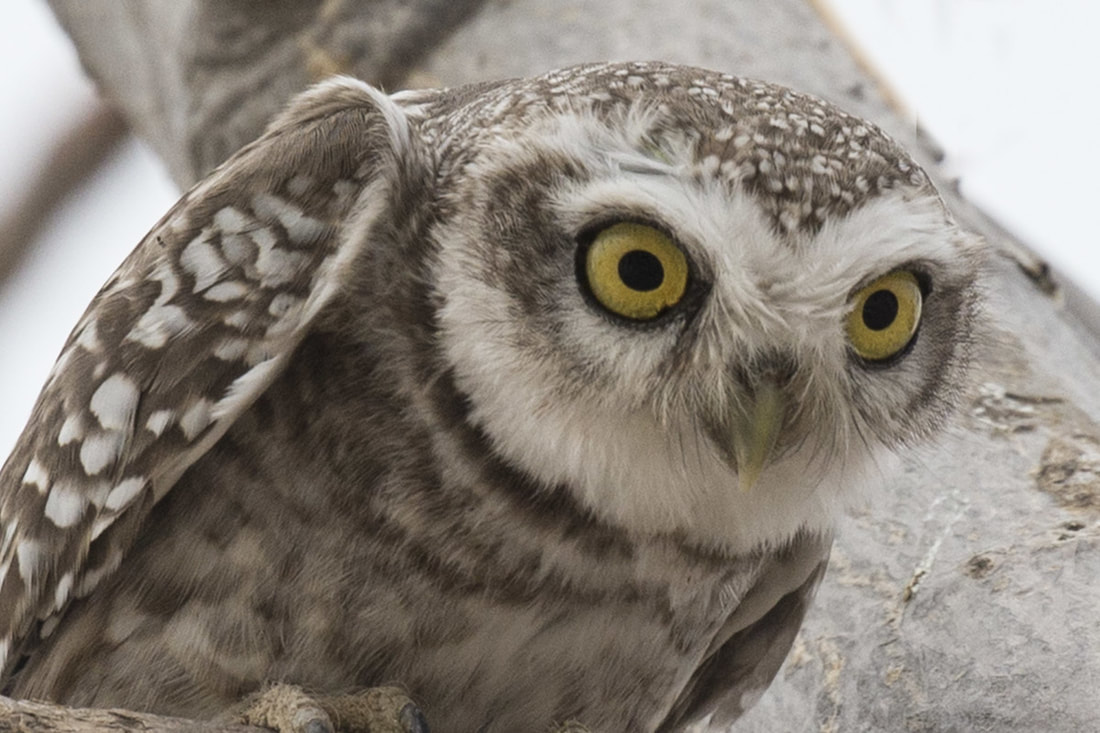

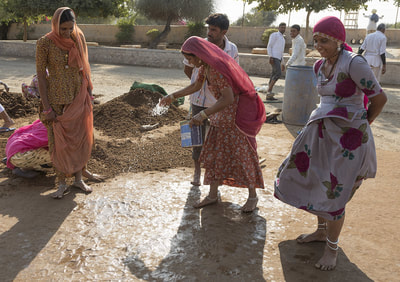
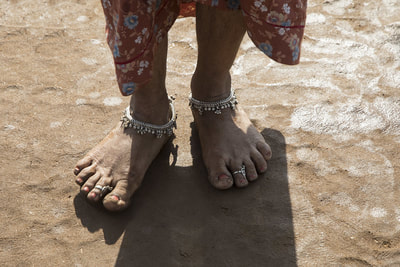

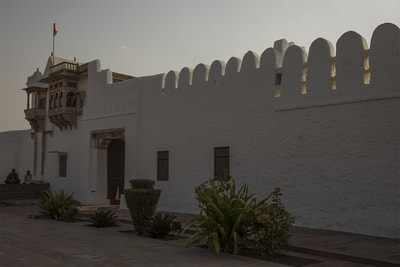
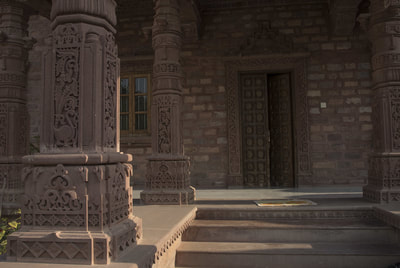
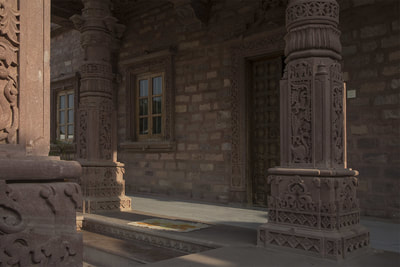





 RSS Feed
RSS Feed